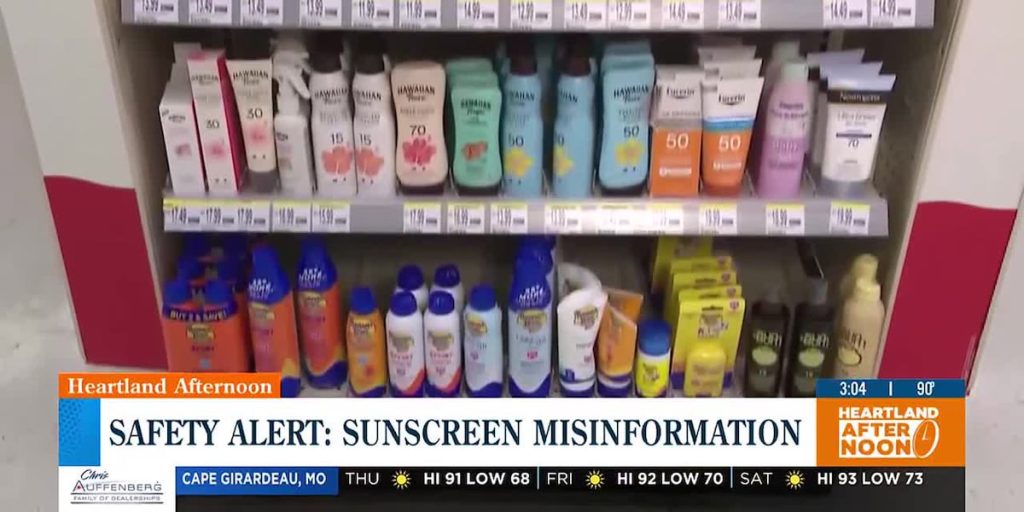Sunscreen Misinformation on the Rise Among Young Adults, Increasing Skin Cancer Risk
CAPE GIRARDEAU, Mo. – A concerning trend is emerging among young adults: a growing distrust of sunscreen fueled by misinformation circulating online. A new survey reveals that a significant number of individuals under 35 believe sunscreen is more harmful than beneficial, while others mistakenly believe hydration prevents sunburn. These misconceptions, often propagated through social media platforms, contribute to risky behaviors, including attempts to create homemade sunscreen, potentially increasing the risk of skin cancer.
Dermatologists emphasize that sunscreen is a crucial tool in protecting skin from the harmful effects of ultraviolet (UV) radiation, the primary culprit behind skin cancer. The sun emits two types of UV rays: UVA and UVB. UVA rays contribute to long-term skin damage, including premature aging, while UVB rays are associated with sunburns and skin cancers. Effective sunscreen protects against both types of radiation, significantly reducing the risk of these adverse effects. Decades of research have demonstrated the safety and efficacy of sunscreen ingredients, which are formulated to work synergistically, remain stable, and provide consistent protection until the expiration date.
The rise of homemade sunscreen recipes online raises significant concerns among medical professionals. While the desire for natural products is understandable, homemade sunscreen often lacks the necessary efficacy and stability. Two common ingredients in DIY sunscreen, zinc oxide and essential oils, can be problematic. Zinc oxide alone is not shelf-stable and can increase the risk of acne and skin infections. Essential oils, while natural, can cause burns or rashes when used in homemade sunscreen concoctions. Dermatologists strongly discourage the use of homemade sunscreen, emphasizing that commercially available sunscreens are rigorously tested and proven to provide safe and effective protection.
Consumers are increasingly scrutinizing the ingredients in their personal care products, and sunscreen is no exception. There are two primary types of sunscreen: physical and chemical. Physical sunscreens use minerals like zinc oxide and titanium dioxide to reflect the sun’s rays, while chemical sunscreens use ingredients like octisalate and avobenzone to absorb UV radiation. Some sunscreens combine both physical and chemical blockers. While mineral-based sunscreens are considered more natural, they can leave a white cast on the skin, which may be less cosmetically appealing for some individuals.
Choosing the right sunscreen can seem daunting with the variety of products available. Experts recommend looking for key features on the label: an SPF (sun protection factor) of 30 or higher, broad spectrum protection (against both UVA and UVB rays), and water resistance. It’s also crucial to avoid sunscreens containing tanning oils. Tanning, whether from sun exposure or tanning beds, is a sign of skin damage. Any product that promotes tanning should be avoided, as it increases the risk of skin cancer and premature aging.
The message from dermatologists and skin cancer experts is clear: sunscreen is a vital component of a healthy skincare routine. Rejecting scientifically proven protection methods in favor of unproven and potentially harmful alternatives increases the risk of skin damage and cancer. Choose a broad-spectrum sunscreen with an SPF of 30 or higher, apply it liberally and regularly, and avoid tanning to safeguard your skin’s health. Trust the science, not social media myths, when it comes to protecting yourself from the harmful effects of the sun. Early detection is crucial in the fight against skin cancer, so schedule regular skin checks with a dermatologist to identify and address any potential issues promptly.


